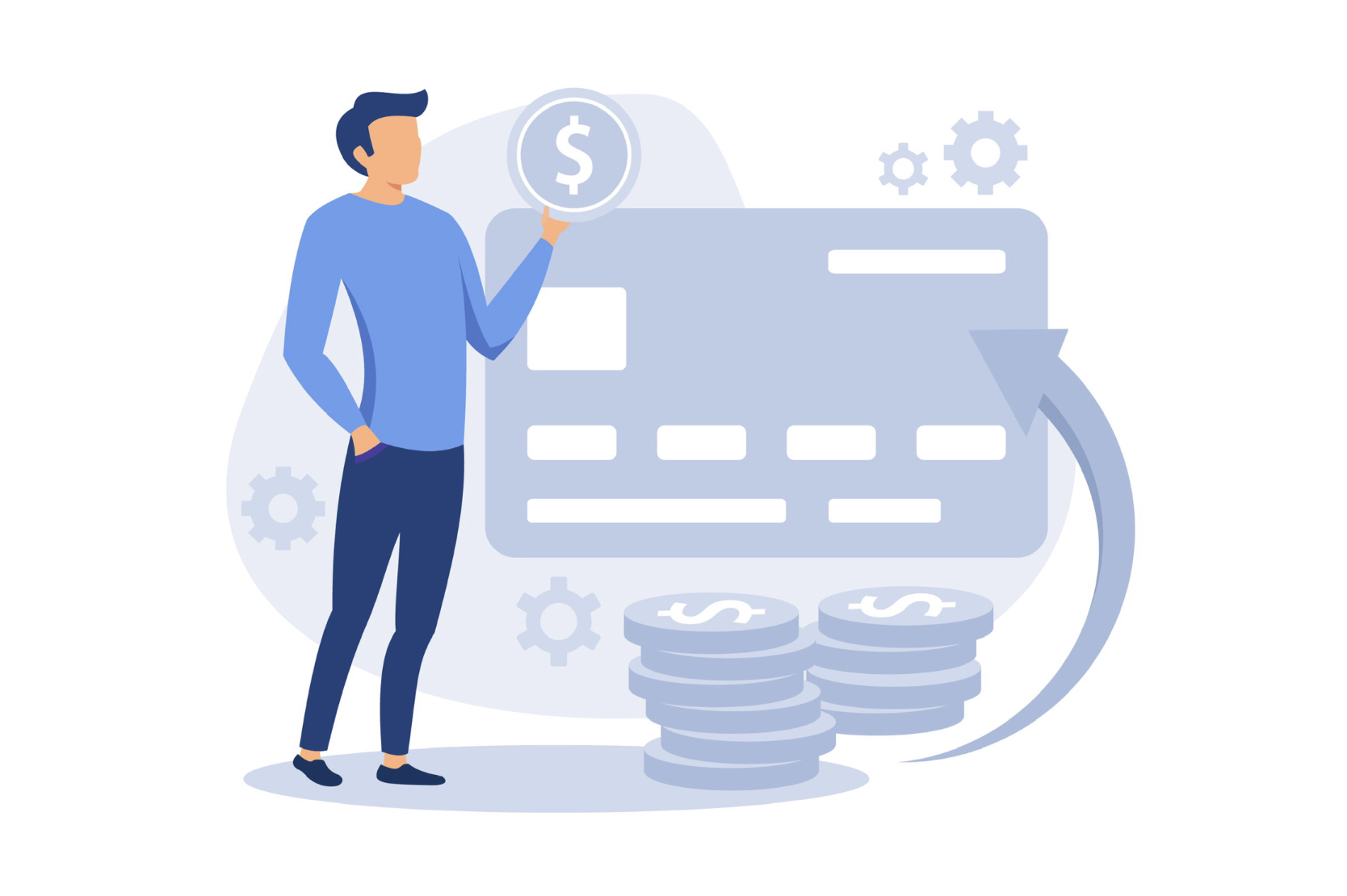Chargeback Fraud: How to protect your business
April 6, 2022
Merchants all over the globe are familiar with chargeback; businesses lose billions to it every year, and while some of these claims come from legitimate customers, an increasing number of said claims are a result of fraud.
Chargeback fraud is when an individual purchases items from a given business, and then calls their bank or financial institution to dispute the charges. This results in the business losing the revenue from said sale. Chargeback fraud also has some hidden costs to businesses; having a high chargeback risk can result in penalties and high fees from the credit card companies.

Chargeback fraud is when an individual purchases items from a given business, and then calls their bank or financial institution to dispute the charges. This results in the business losing the revenue from said sale. Chargeback fraud also has some hidden costs to businesses; having a high chargeback risk can result in penalties and high fees from the credit card companies.
- Christine Falokun, Product Marketing Manager, Forter
A chargeback rate of 0.9% to 1.5% is considered acceptable by most credit card companies. Reducing chargeback rates can greatly help your business. Christie Falokun, product marketing manager at Forter shared the top three strategies a business can use to prevent chargeback fraud: Strong authentication tools, adding real-time fraud decisioning to your platform, and balancing fraud prevention and approval rate.
Strong authentication tools are a must, since much of chargeback fraud is done by a third party stealing a legitimate customer’s credit card information and using it to purchase items, resulting in the customer disputing the charges. Implementing authentication tools such as Multi-Factor Authentication (MFA), CVV Validation and Address verification Services (AVS) can greatly reduce the chances of being a victim to this type of fraud.
Verification
Requiring your customer to enable MFA for account logins can help, however, using an approach such as 3D Secure (3DS) can add friction, so it’s important not to apply it to all transactions.
Many fraudsters obtain credit card information on the dark web; they can buy the information for a few dollars, however, many times this information does not include the card verification value (CVV), therefore, asking for this information at check out can be a simple but effective way to stop many fraudulent purchases.
Verifying the address at checkout and comparing it to what’s on file can also greatly help your chances of reducing chargebacks.

Real-Time Fraud Decisioning
With real-time decisioning, your e-commerce platform can make accurate fraud decisions before the user goes through checkout and payment authorization. If the decisioning engine has access to a global network of merchants, it can assess the identity behind each transaction. With insight into the user’s identity, the engine can accurately predict which transactions will likely result in chargeback fraud—and block them. Bad actors can’t initiate a chargeback if they don’t make it through the payment process.
- Christine Falokun, Product Marketing Manager, Forter
Balancing fraud and approval rate

Many businesses turn to a kind of insurance in order to reduce fraud: they turn to a vendor for chargeback protection, however, this results in the vendor being able to decline purchases that seem suspicious but might be legitimate, this still affects the merchant’s approval rate, which defeats the point of such insurance.
Decreasing fraud all across is extremely important for a business to survive and flourish, identifying solutions and being proactive by and blocking fraudsters while allowing legitimate customers to shop is key.
Alto Global works with tools that allow your business to be protected from chargeback fraud.
Want to learn more? Check out Digital Transaction’s full write-up here.
Share your thoughts on our LinkedIn page.




